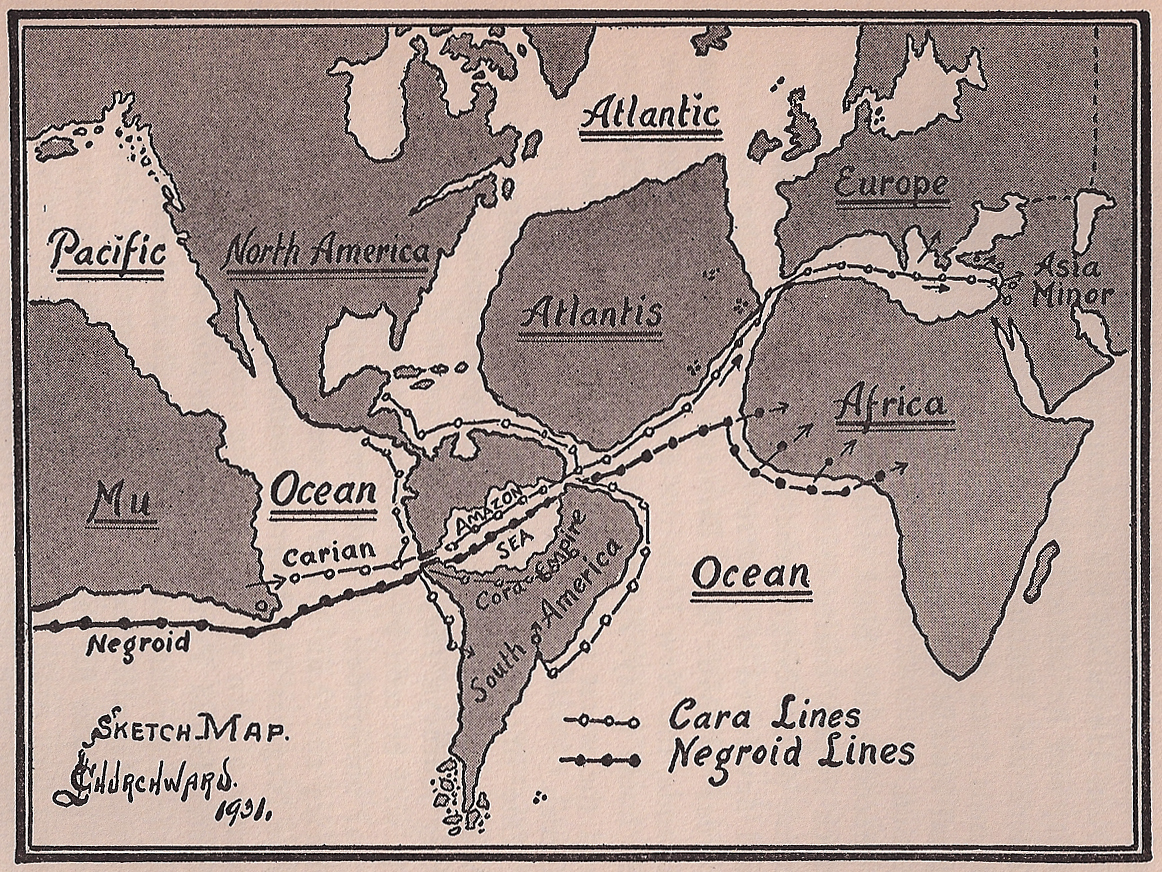


Even if we assume that Homo sapiens emerged only 200,000 years ago, this would mean human beings only started creating today’s civilization very late in their existence. Further support can be found in many artifacts, the origins of which still cannot be explained-such as some from Egypt, Mayan remains, and the Easter Island civilization-unless you recognize the existence of these lost continental civilizations.Īccording to evolutionary theories and general findings, around 200,000–500,000 years ago, “Homo Erectus,” who could stand upright on two feet, gave up its place to “Homo Sapiens,” the humans with the ability to think. Moreover, legends of massive floods are told by tribes and nations almost everywhere in the world, which supports the idea of a cataclysmic event. However, the same scientific world confirms the world underwent a dramatic geological event 12,000 years ago, when these two continents are claimed to have sunk. The scientific world is cynical about the existence of either the Mu civilization, revealed by Churchward, or the other famous lost continent, Atlantis. The source of Churchward’s theories were the “Naacal Tablets,” which had been given to him by the high priest of a monastery in Western Tibet, and a collection of tablets that was uncovered by US Geologist William Niven in Mexico in 1921–23. After retiring, he continued his research in Central America and wrote five books about the lost continent. Having served as a colonel in the British armed forces, Churchward obtained his initial information about the continent while serving in India and Tibet during the 1880s. Undeterred and conflating what he thought was a story of a lost land with the myth of Atlantis, Le Plongeon decided that his Mu had been a continent peopled by an advanced civilization that had, in ancient times, sunk into the Atlantic Ocean.Most of the information concerning the Lost Continent of Mu and the Mu civilization was brought to light because of studies made by the British researcher James Churchward during the 19th century. The lost continent was apparently doomed from the start since the word, Mu, supposedly means “a land that had been submerged after a catastrophe”. Unfortunately for adherents to the idea, there is no empirical evidence to support its existence or the theories of its demise as geologists dismiss the existence of Mu as physically impossible, arguing that a continent can neither sink nor be destroyed in the short period of time asserted in folklore and literature. The lost continent of Mu was first proposed in the mid-19th century to explain the phenomenon of similar symbols, architecture and myths found in otherwise disparate, ancient cultures around the world. Yucatán was older than those of Greece and Egypt, and told the story of an even older continent. He claimed that he had translated the first copies of the Popol Vuh, the sacred book of the K’iche’ from the ancient Mayan using Spanish.

The mythical idea of the “Land of Mu” first appeared in the works of Augustus Le Plongeon, after his investigations of the Maya ruins in Yucatán. It was subsequently popularized as an alternative term for the hypothetical land of Lemuria by James Churchward, who asserted that Mu was located in the Pacific Ocean before its destruction.


 0 kommentar(er)
0 kommentar(er)
